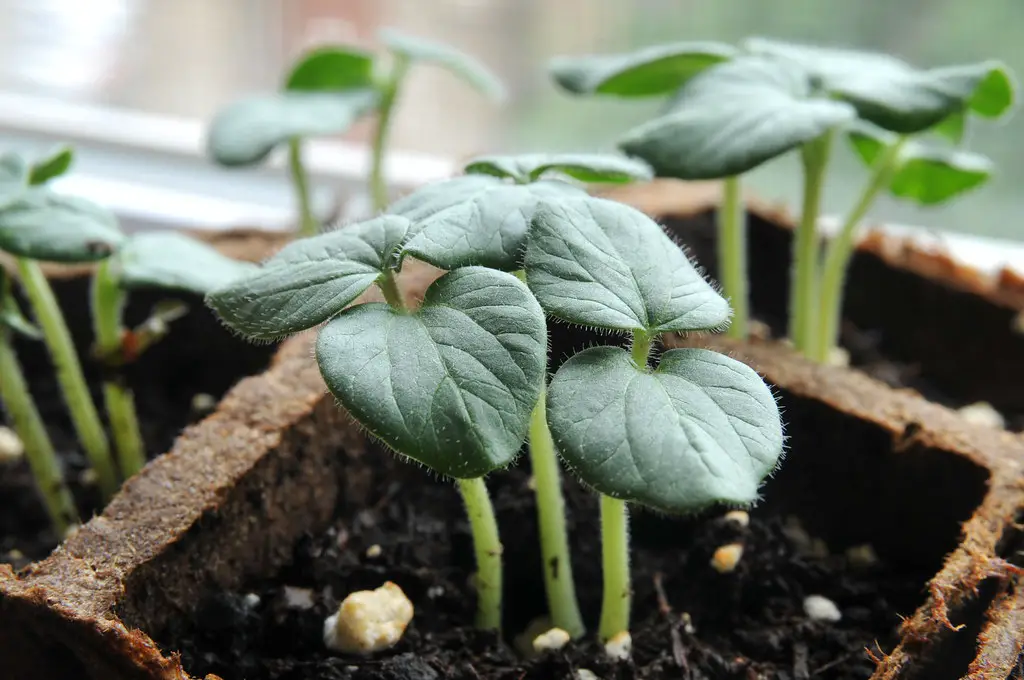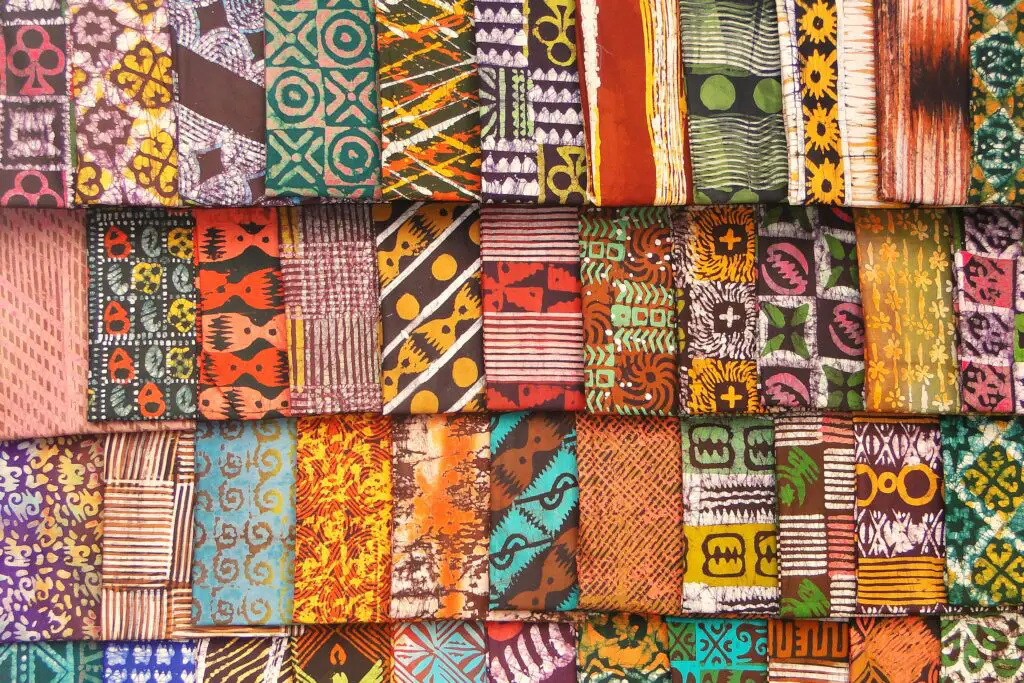Honoring Black history within your home and garden is more than just an aesthetic choice—it’s a meaningful way to pay homage to the contributions, resilience, and cultural heritage of African Americans. By intentionally curating spaces that reflect historical significance and cultural pride, you can create a home that inspires conversation and fosters a deeper connection to history. From displaying art to cultivating culturally significant plants, each element offers an opportunity to celebrate Black heritage in a personal and impactful way. Whether you are decorating your interior, enhancing your garden, or incorporating textiles and literature, these thoughtful steps can help you create a space rooted in purpose. Beyond serving as a tribute to history, these additions can spark dialogue and remind future generations of the importance of honoring Black culture. Here are four practical and meaningful ways to incorporate Black history into your living spaces.
1. Display African-American Art and Photography

Displaying African-American art and photography is a powerful way to honor Black history and introduce historical storytelling into your home. Art has always been a tool for capturing the triumphs and struggles of African Americans, and featuring it prominently can create a lasting impact. Look for works by historical artists like Jacob Lawrence, whose Migration Series captured the experiences of African Americans moving north, or Faith Ringgold, whose story quilts blend narrative and textile art. Contemporary artists like Kehinde Wiley or Bisa Butler also offer modern interpretations of Black identity and pride.
A gallery wall can incorporate both classic and modern pieces, blending history with the present day. Consider adding historical photography from movements like the Harlem Renaissance or Civil Rights era, which provide visual reminders of significant cultural milestones. These pieces not only add beauty to your home but also serve as educational tools, especially for younger family members. Supporting Black-owned art galleries or stores, such as the Black Art Depot, ensures your purchases contribute directly to the community. If you have limited wall space, smaller pieces like sculptures, vases, or even framed quotes from historical Black figures can serve as powerful statements. By intentionally curating art and photography that highlights Black history, you create a meaningful and thought-provoking space in your home.
2. Plant a Garden Inspired by the African Diaspora

Gardening is an excellent way to honor Black history, as many plants and crops have deep connections to the African diaspora. Growing culturally significant plants, such as okra, collard greens, sweet potatoes, and rice, allows you to connect directly to the agricultural traditions of African Americans. Many of these crops were brought to the Americas during the transatlantic slave trade and became staples of African-American cuisine and culture. Additionally, plants like hibiscus and sorrel have ties to African and Caribbean traditions and can be used to create teas or dishes that celebrate heritage.
Consider incorporating sweetgrass, historically used by Gullah-Geechee communities in South Carolina for basket weaving, to pay homage to unique cultural practices. Your garden can also include flowering plants, like sunflowers, that symbolize hope and resilience—qualities deeply rooted in the Black experience. Adding educational plaques or signs can further enhance the cultural significance of your garden. You could even turn it into a space for storytelling or reflection, hosting events that share the historical importance of these plants. To source seeds or materials, you can turn to organizations like Seed Savers Exchange, which help preserve culturally significant crops. By creating a garden inspired by the African diaspora, you’re not only paying tribute to history but also nurturing a living connection to the past.
3. Incorporate Afrocentric Patterns and Textiles

Incorporating Afrocentric patterns and textiles is a beautiful way to bring cultural heritage into your home while making a bold design statement. Fabrics like kente cloth, mudcloth, and kuba cloth are rich in cultural symbolism and can be used in countless ways throughout your space. Kente cloth, originating from Ghana, often features vibrant, geometric patterns that represent history, status, and values. Mudcloth, handmade in Mali, is known for its earthy tones and symbolic designs, while kuba cloth from the Congo showcases intricate, handwoven patterns.
Use these materials as throw pillows, curtains, or wall tapestries to create focal points in your home. You can also layer smaller textiles as table runners or frame them as art for a sophisticated touch. Adding woven baskets made from raffia or sisal brings texture and natural beauty to your decor, while also highlighting African artistry. Purchasing directly from Black-owned businesses or fair-trade organizations ensures these pieces are ethically sourced and that artisans receive fair pay for their craft. For ethically sourced Afrocentric designs, consider shopping at Goodee, which specializes in products that combine craftsmanship with social impact. By incorporating these textiles, you not only celebrate Black culture but also elevate your home’s design with meaningful and beautiful decor.
4. Create a Home Library of Black Literature

Building a home library that highlights Black literature is one of the most impactful ways to honor Black history in your space. Books hold the power to educate, inspire, and connect readers to the voices and stories of Black authors, past and present. Start by curating a collection of works by literary legends like Toni Morrison, James Baldwin, Maya Angelou, and Zora Neale Hurston. Include modern voices like Ta-Nehisi Coates, Roxane Gay, and Angie Thomas to showcase the evolution of Black storytelling. Incorporate nonfiction works that delve into Black history, such as Stamped from the Beginning by Ibram X. Kendi or The Warmth of Other Suns by Isabel Wilkerson, to provide deeper context and understanding.
Display these books on stylish shelves or coffee tables alongside African-inspired decor, like bookends carved in traditional designs. Consider adding children’s books by Black authors to encourage younger generations to engage with these important stories. Supporting Black-owned bookstores like MahoganyBooks ensures your purchases uplift the community and contribute to preserving these vital narratives. Beyond books, you can incorporate digital media, such as documentaries or audiobooks, to create a multimedia library experience. A well-curated library becomes a cornerstone of your home, sparking conversations and celebrating the enduring contributions of Black authors to literature and culture.
